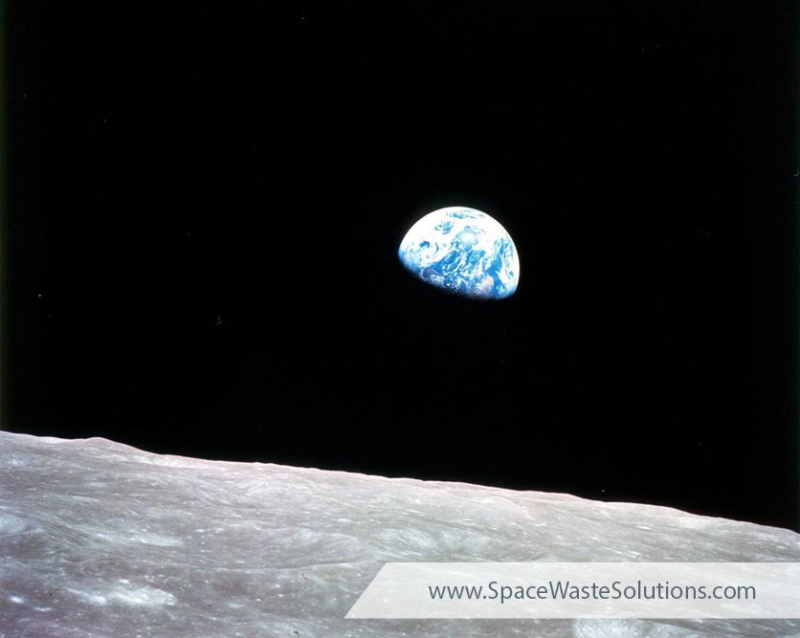
“As I take man’s last step from the surface, back home for some time to come (but we believe not too long into the future), I’d like to just say what I believe history will record: That America’s challenge of today has forged man’s destiny of tomorrow. And, as we leave the Moon at Taurus-Littrow, we leave as we came and, God willing, as we shall return: with peace and hope for all mankind.” – Astronaut Eugene “Gene” Cernan
Mark Your Calendars
From man’s first Earthrise to his final steps on the moon, December brings monumental moments in space history.
December 2, 1971
The unmanned space probe, Mars 3, launched on May 28, 1971, just nine days after its twin spacecraft, Mars 2. The identical robotic spacecraft both headed to Mars. On December 2, Mars 3 achieved the first soft Mars landing and, soon after, sent the first signals from Mars. The Mars 3 lander carried a small (under 10 pounds) rover, which was intended to move across the planets surface while tethered to the lander. Unfortunately, the Mars 3 failed shortly after landing and the rover was not deployed.
Mars 3, part of the Soviet Mars program, was an unmanned space probe. The program spanned 13 years from 1960 to 1973.
December 7-19, 1972
Apollo 17, the final Apollo mission, marks the last time man visited the moon. The Saturn V rocket launched on December 7, 1972, carrying Commander Eugene “Gene” Cernan, Command Module Pilot Ronald Evans and Lunar Module Pilot Harrison Schmitt.
After 74 hours and 59 minutes, Eugene Cernan and Harrison Schmitt left the Moon. Since then, no one has set foot on the surface of the moon. Apollo 17 set multiple records including the longest moon landing, longest total moonwalks, largest lunar sample and longest time in lunar orbit.
December 21, 1968
Lauched on December 21, 1968, Apollo 8 was second manned spaceflight mission in the United States Apollo space program and the first to obit the Earth and return safely. Aboard the Apollo 8, Commander Frank Borman, Command Module Pilot James Lovell and Lunar Module Pilot William Anders came within 70 miles of the lunar surface. On their fourth pass, the crew witness Earthrise for the first time in human history.
Apollo 8 returned to Earth on December 27, 1968 and was recovered by the USS Yorktown in the North Pacific Ocean.
What about the Space Waste? Find out what happens to materials left in space.
Photo Credit: NASA






